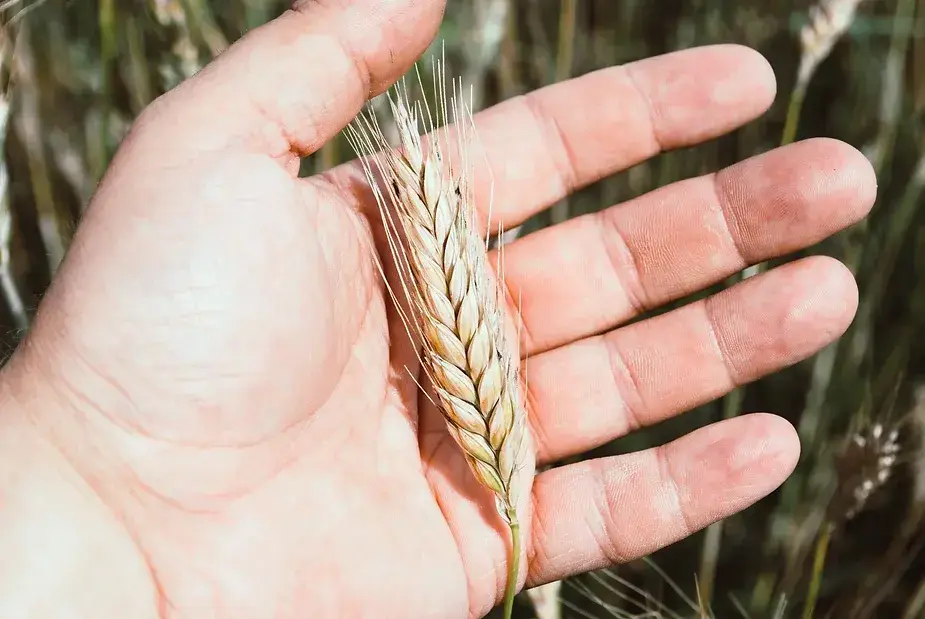
Growing Cover Crops
Plant a cover crop of fall rye or garden green (which contains fall rye, vetch and peas) to enhance the soil. These are the most common cover crop seeds and are available at Buckerfield's. Plants commonly used as a cover crop include legumes, winter wheat, clover, buckwheat, vetch and rye.
Cover crops are a simple and inexpensive way to boost your garden's vegetable growing potential. These crops benefit a garden in many different ways by:
- Providing habitat and food for beneficial insects, and birds. As cover crops grow, they also provide a home for soil creatures such as earthworms.
- The roots and leaves of cover crops help prevent soil erosion. The biomass produced by the crop helps to build your soil's organic matter.
- Fast-germinating cover crops can outgrow and choke out weeds.
- When you use a nitrogen-fixing crop such as fall rye or vetch, you are adding nitrogen and nutrients to your soil that are otherwise lost to leaching during winter and spring.
- Seeded Fall Rye or a Legume Mix in the fall to provide vegetative cover that protects the soil from wind and water erosion.
- Using cover crops in your garden can stop the cycle of insect pest and plant diseases. This is because rotating between different types of crops helps keep soil-borne diseases and keep insect infestations in check.
- Additionally, cover crops can often be grazed by ruminant animals in the early spring before row crops are planted.
- By turning plant material into the soil, you increase the organic matter which improves the soil structure, increases the water holding capacity, and increases the microbial activity in the soil.
Cover crops are used when a boost to the soil is wanted by a natural healthy means. They add nitrogen back into the soil, control weeds and help prevent erosion.
Chose the area you wish to rejuvenate with a cover crop. This is most probably the area that your crop or vegetables are going to be planted next year.
- Gently work up the soil and make sure the ground is flat and ready for seeding.
- Broadcast seed evenly over the soil and rake it in. Be careful how much seed you plant as too much will crowd the soil and will grow slower as they will be fighting for nutrients and space.
- Rake over the seed to gently incorporate into the soil. Water thoroughly.
- Let the crop mature and grow until the plants have not yet reached the flowering stage. After this work the entire crop into the soil. Allow the greens to become fully covered by soil; it won’t take long for the vegetative growth to decompose.
The green leaves will now decay into a good green manure resulting in a soil that is rich in nutrients. You should let the soil rest before you plant your new crop of vegetables, allowing the nutrients to fully mature in the soil.
When planting a cover crop in the fall make sure to allow plenty of time to establish before a winter frost kills them.
Have more questions? Visit your local Buckerfield's and we'll be happy to help!



